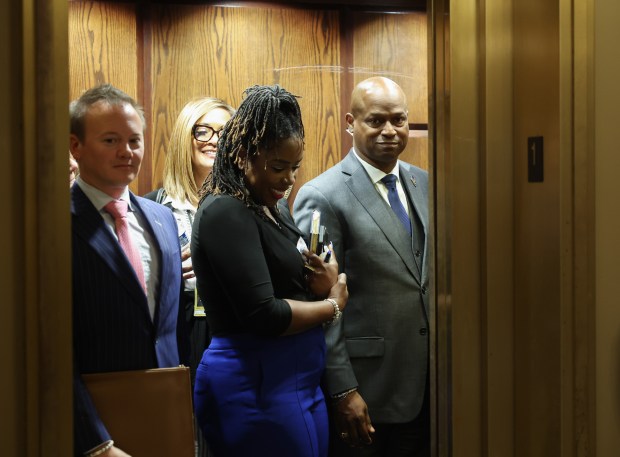“Most alliances die young.”
That is how The Economist magazine began a special essay on the durability of NATO (North Atlantic Treaty Organization). This military alliance turned 75 years old this year. The treaty was signed in Washington D.C. in April of 1949. The fact-based Economist essay notes coalitions of the Napoleonic Wars lasted on average five years.
The previous U.S. administration directed constant public criticism at European allies for not doing more. However, such tension has been a fact of life in NATO almost from the beginning.
That administration also in 2018 hosted the Baltic Summit, underscoring defense commitment to Estonia, Latvia and Lithuania. In 1940, the Soviet Union annexed the Baltic States, which had achieved independence in 1918. All three nations became NATO members in March 2004.
Montenegro became a NATO member in June of 2017. After Russia invaded Ukraine, neutral Finland and Sweden joined, an enormously important strategic shift.
The collapse of the Soviet Union and Eastern European communist regimes ended the Cold War, but not conflict in Europe. In 2008, Russian troops invaded a portion of Georgia, following an attack by Georgian troops on South Ossetia. This territory, as well as Abkhazia, had declared independence from Georgia.
Russia encouraged and fostered these breakaway efforts, though the international community did not support them. In 2014, Russia invaded Ukraine and annexed the territory of Crimea.
The 2022 invasion of Ukraine by Russia’s army, after years of generating turmoil and aiding insurgent rebel forces, generated the most serious crisis in Europe since the Balkan Wars of the 1990s – and perhaps since World War II.
The end of the Cold War was a great victory for the policy of restraint and deterrence, termed “containment.” Every United States president from Harry Truman, when the Cold War commenced, to George H.W. Bush, when that conflict ended, supported this foundation security policy.
NATO endures, for good reasons. Bureaucracies naturally seek self-perpetuation, but strategic realities provide persuasive justification. General war in Europe was avoided for a century, between the final defeat of Napoleon and the outbreak of World War I. A Concert of European nations, brokered by Great Britain, helped keep the general peace.
NATO today arguably represents an approximate counterpart to the uncertain, but generally effective Concert. The alliance has operated well beyond the nations of the North Atlantic region, including not only on the margins of Europe but also in distant territories, including notably Afghanistan.
Article 5 of the NATO treaty states that an attack on one member amounts to an attack on all. The 9/11 terrorist strikes on New York and Washington D.C., and in the sky over Pennsylvania, triggered this clause for the first time.
Post-Cold War leaders in Europe have been generally effective, including in particular German Chancellor Angela Merkel. She spearheaded the expansion of Germany’s roles in international humanitarian relief. She also provided arms to Kurds fighting Islamic extremists in Iraq.
Another outstanding leader is David Cameron, who was Britain’s Prime Minister from 2010 to 2016. He termed Russian aggression “unacceptable and unjustified,” and bluntly stated that any efforts to appease Vladimir Putin would be a repetition of the same mistakes made by Britain’s Prime Minister Neville Chamberlain in accommodating Adolf Hitler in 1938. Britain and Germany both have highly effective militaries.
In 2002, NATO renewed efforts to develop rapid reaction military capabilities. This is essential to credibility. The belligerence of Donald Trump, and the general unassertiveness of President Joe Biden, undermine effectiveness.
Arthur I. Cyr is the author of “After the Cold War – American Foreign Policy, Europe and Asia.”
Contact acyr@carthage.edu




